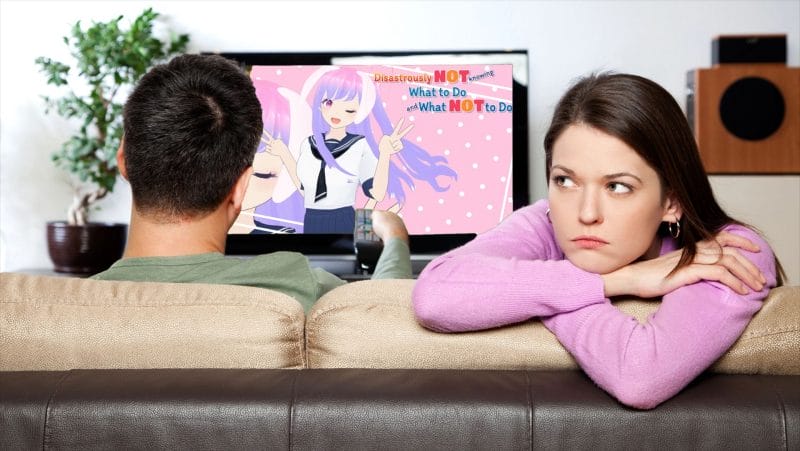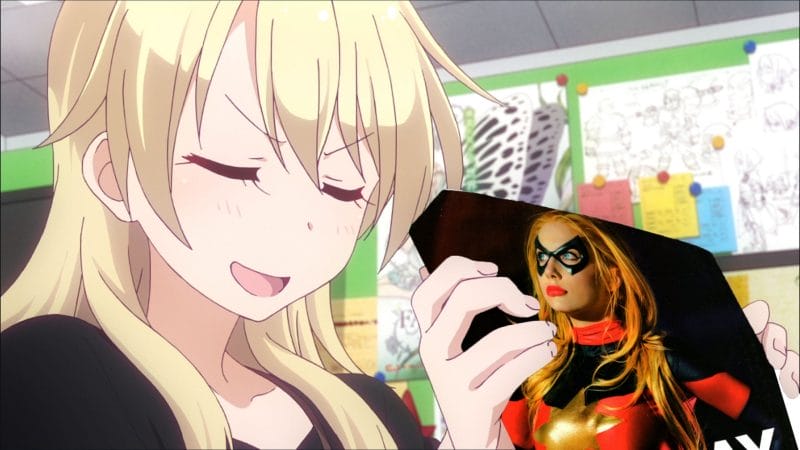This is part 2 of a three-part series. The first installment can be found here.
The first-ever Koala Symposium was held at the Taronga Park Zoo in 1978, setting into motion a series of events that would build off of the panda-monium craze in 1970s in Japan to inspire a whole new generation of childrens’ anime. All experts attending surprisingly came to a unanimous agreement that the previous ban on the export of koalas placed in 1960 should be lifted and koalas should be sent to “appropriate zoos and scientific institutions overseas.”1 Seven zoos in Japan applied to be among the first to receive these fluffy foreign friends in the country as quickly as possible.
Japanese people had been obsessed with bringing koalas to Japan for quite some time, with the Bring Koalas to Kagoshima Association forming in 1975. The country’s economic boom in the ‘80s sparked increases in tourism to Australia, thus driving koala fascination further than ever before. Meanwhile, cash burned in the pockets of people who could afford taking the efforts necessary to facilitate the marsupials’ happy lives in Japan.2 Nagoya would become sister cities with Sydney in 1980, with others quickly following suit with their own Aussie “siblings.” Famed singer Hamako Watanabe would be among the founding members of the Yokohama Citizens for Koalas Association in 1982, which hosted a special exhibition of koala pictures.
While the rivalries between zoos were fierce to get koalas first, the Nagoya Zoo would be the first to be promised a pair of koalas in October 1983. This did not pass without controversy in Australia, nor in Japan. The estimated costs to feed a single koala in 2014 at the Nagoya Zoo were estimated at ¥8 million a year, with the annual cost of growing and maintaining their over 30 varieties of eucalypt coming in at ¥50 million. All of these gardens had to be put in and grown to gain Australian approval to send over the critters; entire local economies could have collapsed, had they failed the approval process.
Anger mounted over only one zoo getting koalas first, and after Tokyo politicians threw their weight around, an agreement was reached that six koalas would be delivered, with three couples spread across three approved zoos. While the koalas would arrive in the capital first to a full red carpet treatment, they would all debut on the same day in zoos across the nation.
The stage was set. Koalas would reach Japanese shores in 1984.
Naturally, merchandise production started across the board, from toy manufacturers to confectionary creators who would create koala cookies so iconic they would remain a part of Japanese culture for decades to come. Nagoya native Akira Toriyama would be commissioned to design a koala-themed relief for the local zoo. And, of course, two anime studios would duke it out once more on the new battlefield of the anime koala wars!
Eiko Tanaka , a future line producer for a fledgling Studio Ghibli, produced Blinky the Wonderful Koala, a co-production between Nippon Animation and Fuji TV. They rushed to be the first to finish a full program, as zoos were expected to receive koalas in April, 1984. Unfortunately, a combination of harsh winters that hurt eucalyptus growth, infighting between Japanese and Australian zoos, and rumored pressures to get Japan to import more Australian beef led to their delivery being delayed. The show would premiere on July 7th, 1984 as the nation was worried about if and when the koalas would arrive, rather than excited to watch it.
Studio Topcraft’s Adventures of the Little Koala would be far more fortunate, as the show premiered October 4, 1984, after the arrival of the koalas was safely resecured and far closer to when they would appear in Japanese zoos. Many of the same animators for Adventures of the Little Koala were working on Hayao Miyazaki’s Nausicaä of the Valley of the Wind at the same time, and a large number would go on to join Studio Ghibli after its founding.
October 25th would be declared Koala Day to celebrate their introduction in Japan. On November 20th, lines formed at zoos in Ueno, Nagoya, and Tokyo for many to witness koalas for the very first time. While children across Japan enjoyed seeing these fluffy Australian friends and their animated adventures, America was undergoing its own newfound obsession with Australia. Nickelodeon took notice of these two anime and decided they too, would take advantage.
To be continued…












